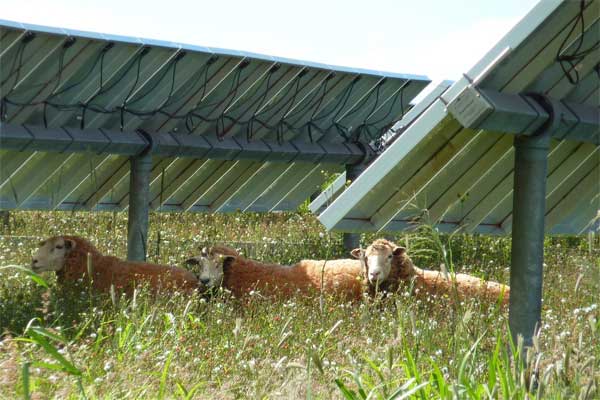A Sol team member spoke with a North Carolina landowner who told her, “Solar helped keep the family farm.”
Analysis of North Carolina, the #2 solar market in the country, showed that solar leases typically have 15- to 30-year terms and rates range between $500 and $1,000 per acre per year. And farmers need only set aside a portion of their land for a solar project.
As Illinois farmer Cathleen Lindauer told the Belleville News-Democrat, “It’s nice to diversify to help boost the farm’s bottom line.”
Solar farms also contribute significant tax revenue to state and local governments. On a dollar-per-acre basis, utility-scale solar generates more tax revenue than if that land were used for agriculture alone.
Under new legislation passed in Illinois this year, each megawatt of ground-mounted solar will pay an average of $7,000 per year in property taxes, for a projected total of $250M to $350M in property tax revenue over 25 years.
Ground-mounted solar may also be co-located with native plants that create pollinator-friendly habitats, or other agricultural activities like sheep raising.
Honey producer Travis Bolton, who owns several bee hives co-located with solar projects, told Scientific American, “The advantage to these sites is that they are intentionally planted for pollinators. At these sites, they’re really trying to get them back to native prairie, and that’s a benefit to us.”
The interests of solar energy development and agriculture need not be at odds. Developers should listen to the concerns and priorities of rural community members to ensure solar projects are well-sited, environmentally friendly, and provide positive net value to the community.
Successful engagement with farmers and other stakeholders is the first step in ensuring that solar leases provide predictable financial returns for landowners while working hand-in-hand with agriculture to support the natural environment in rural communities across the country. And that’s a beautiful thing.












Comments